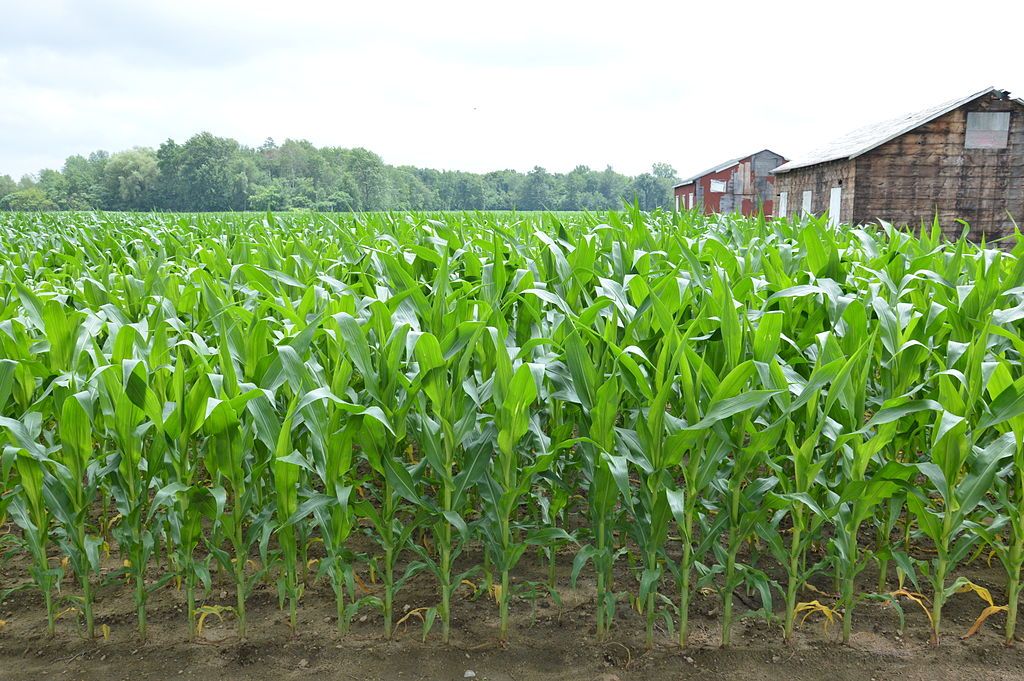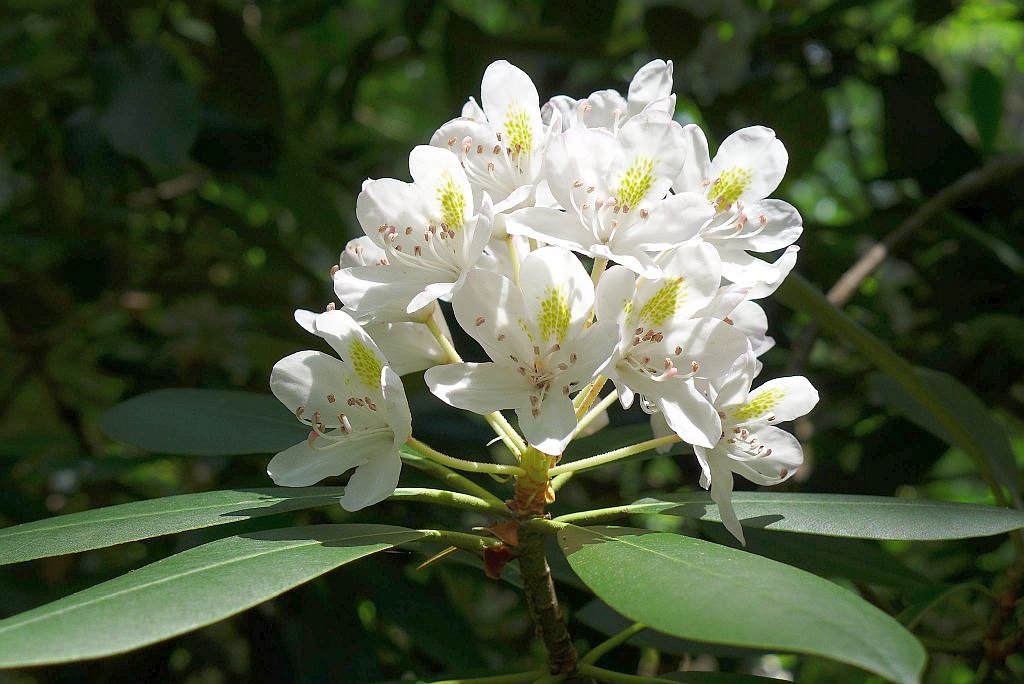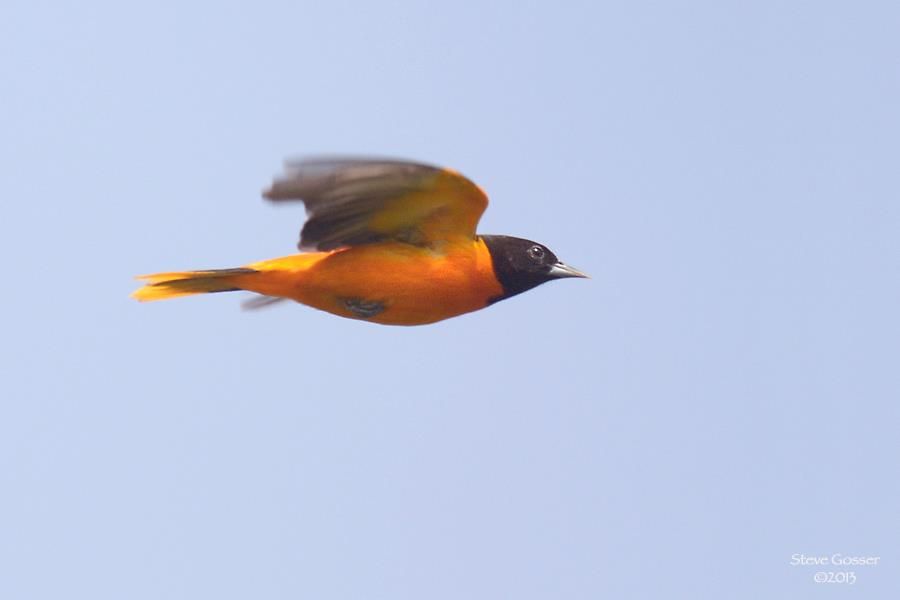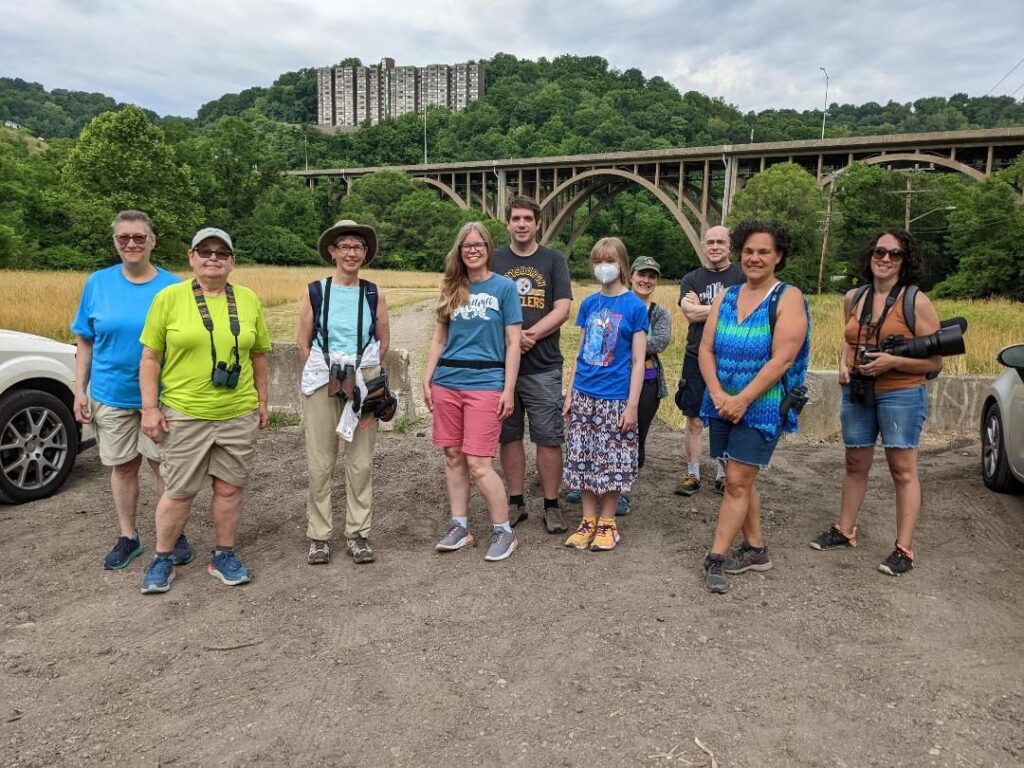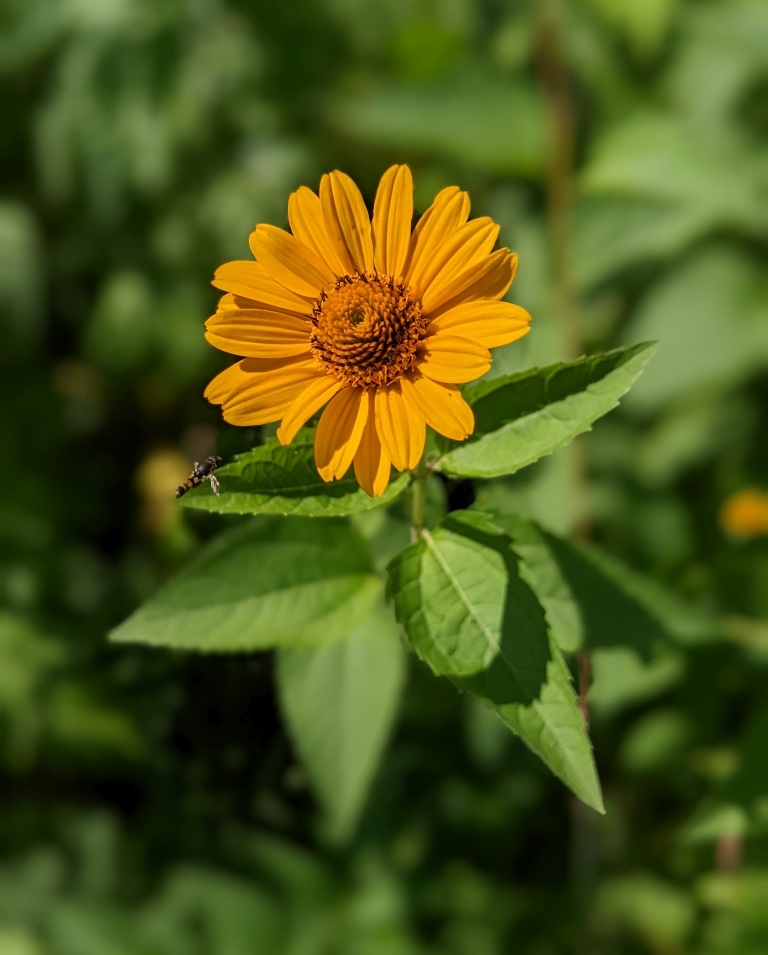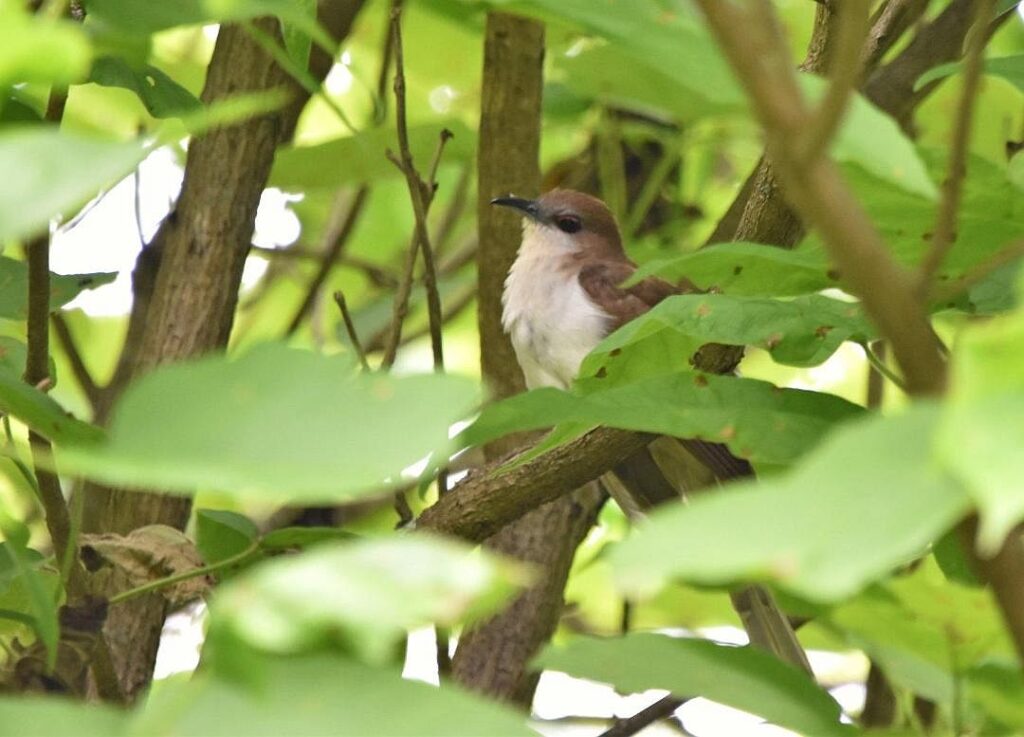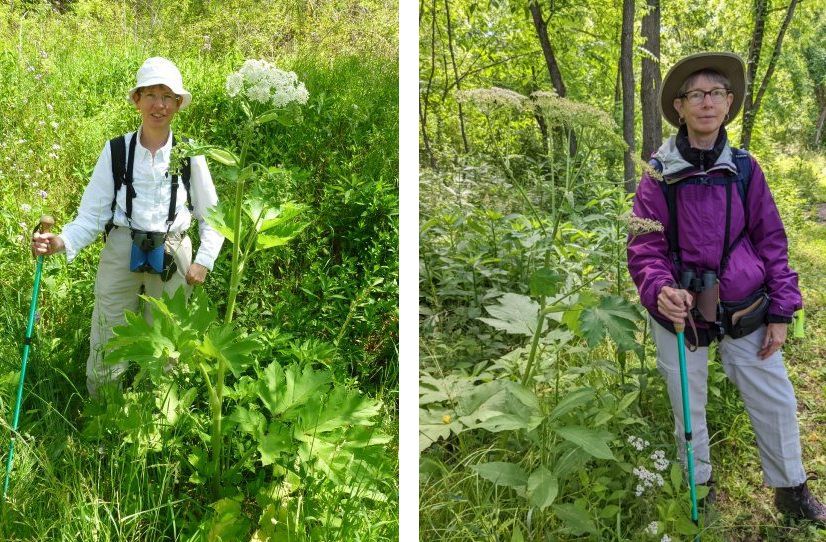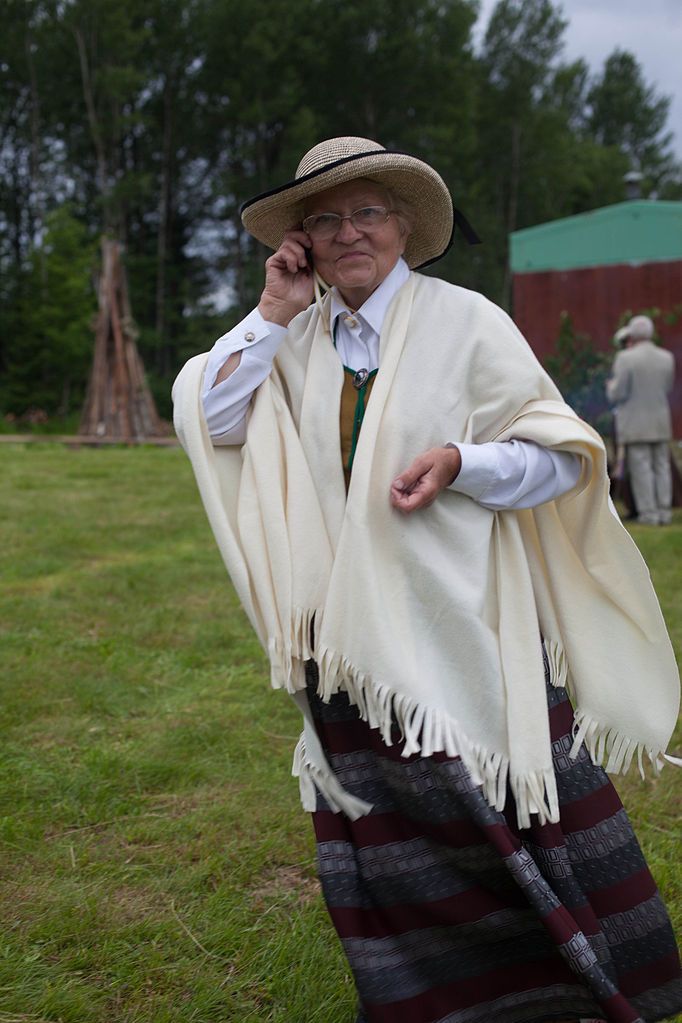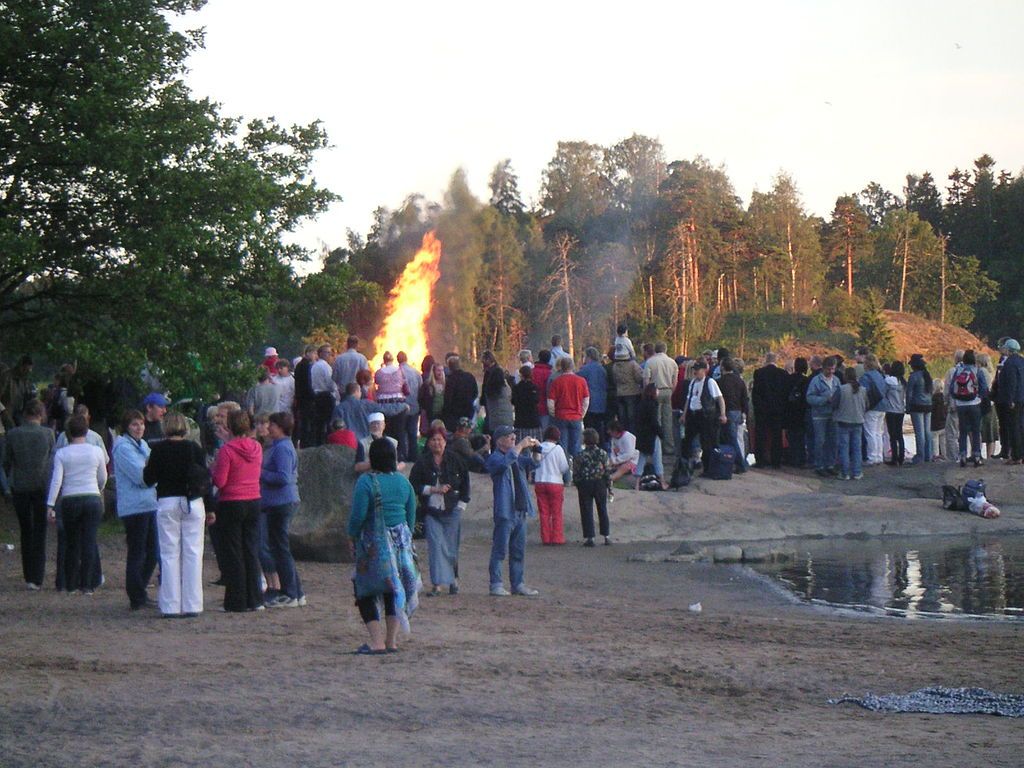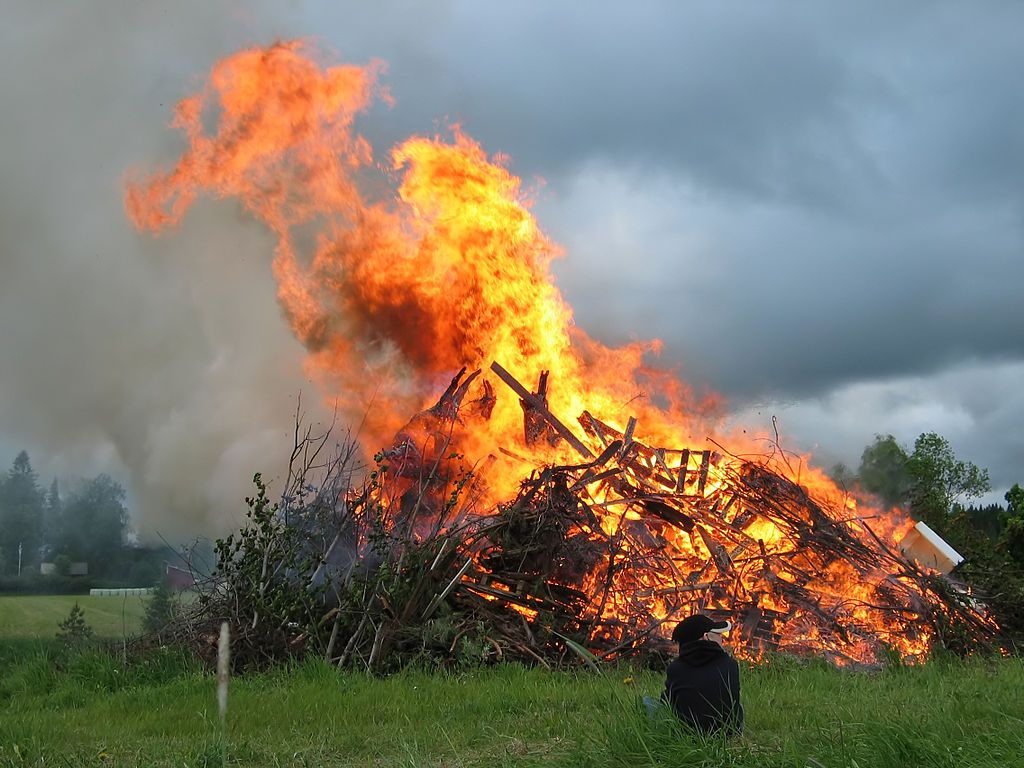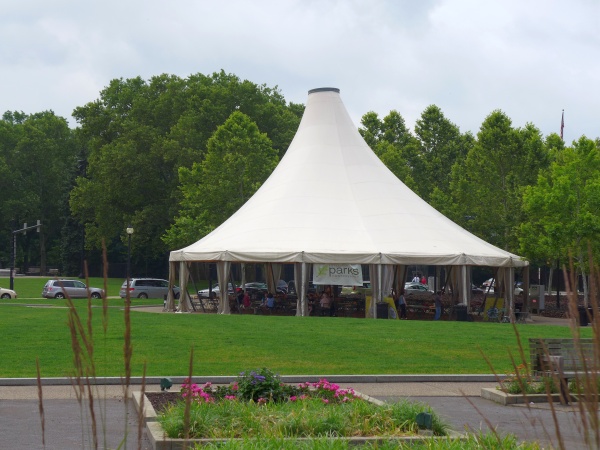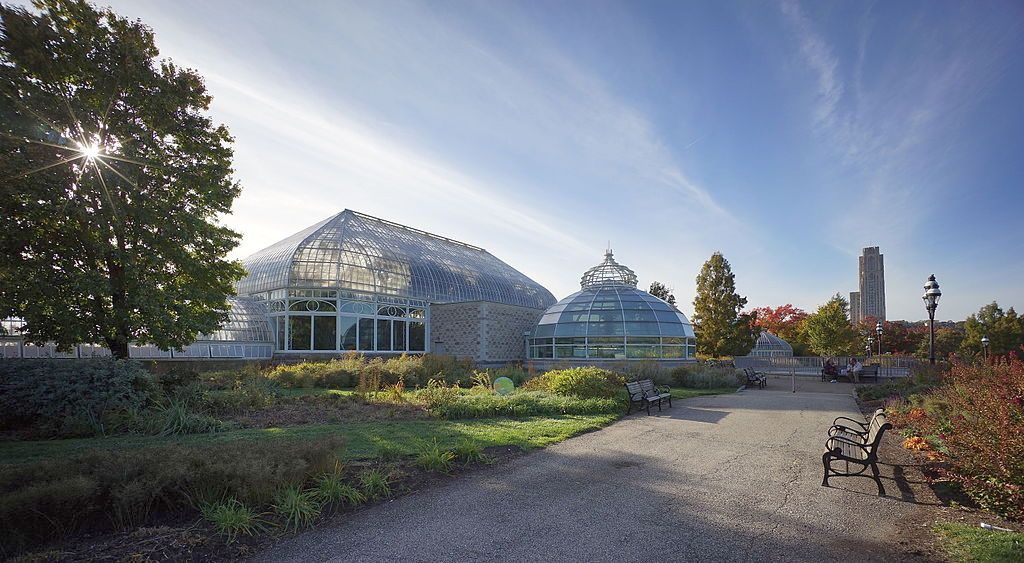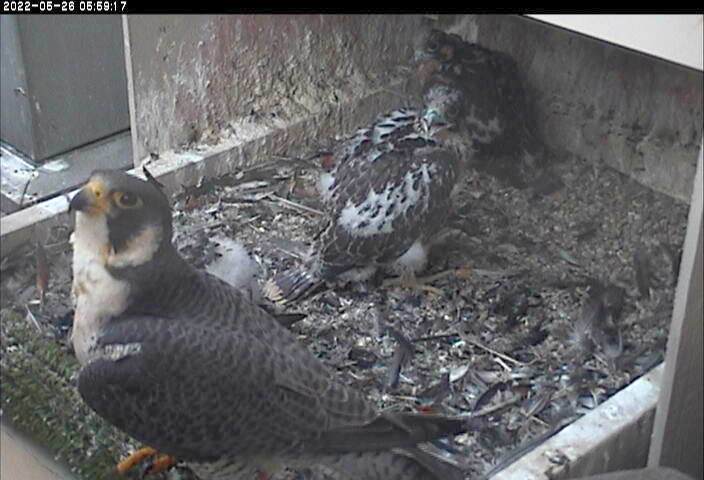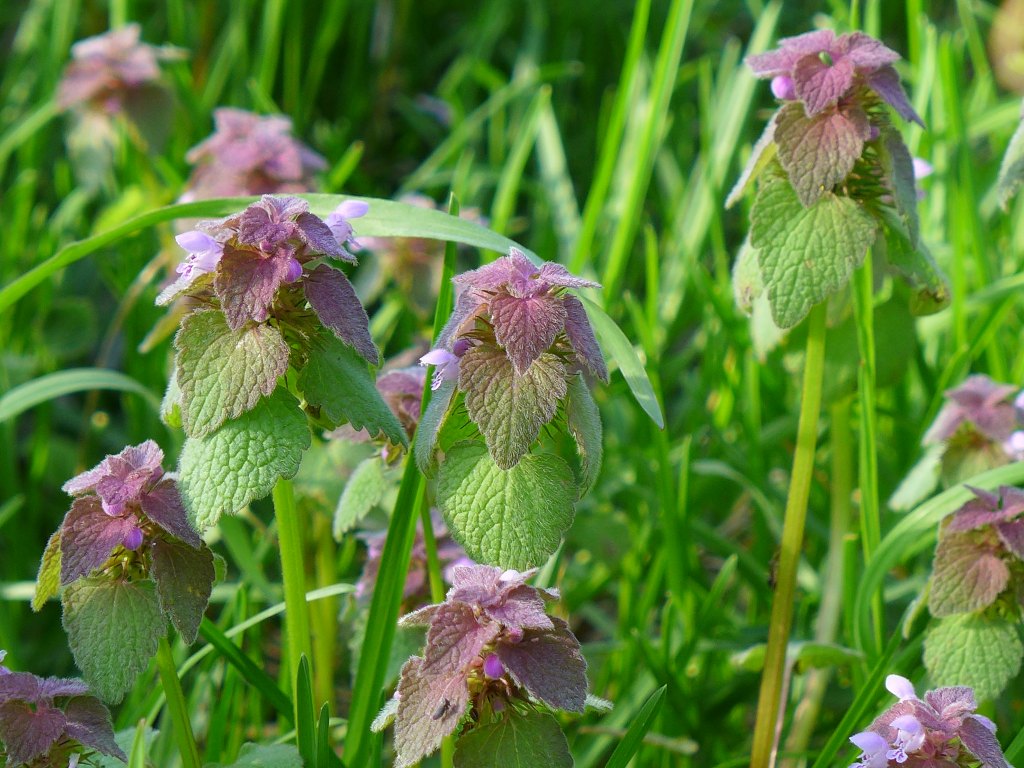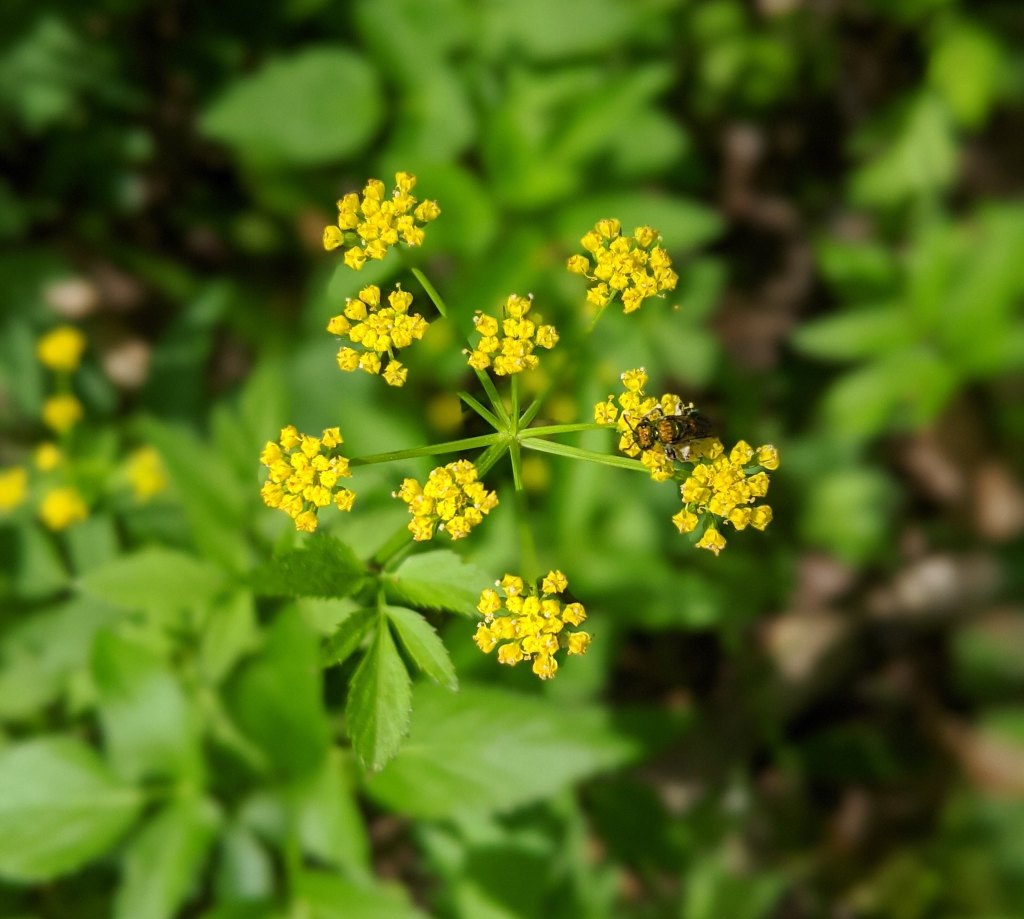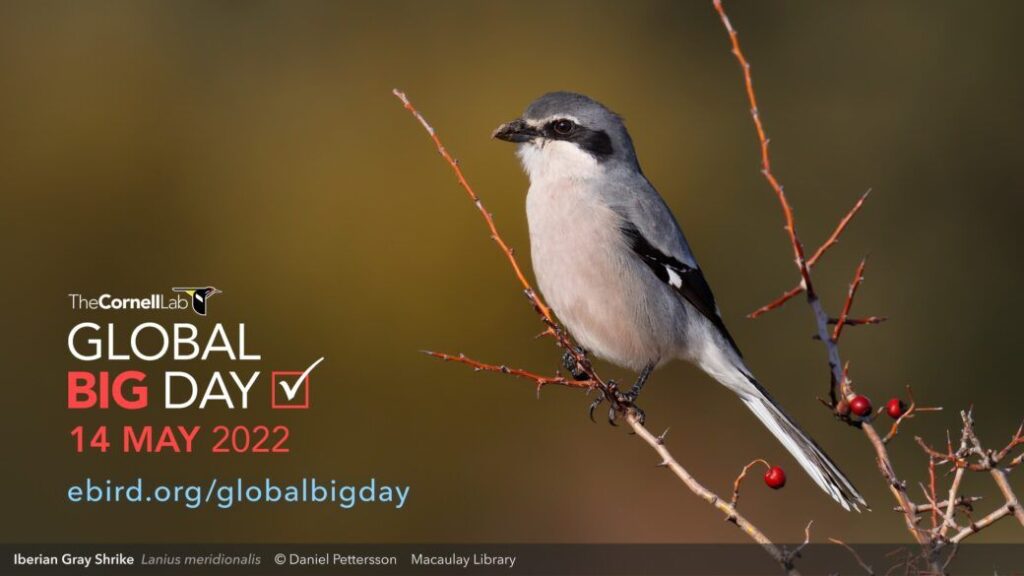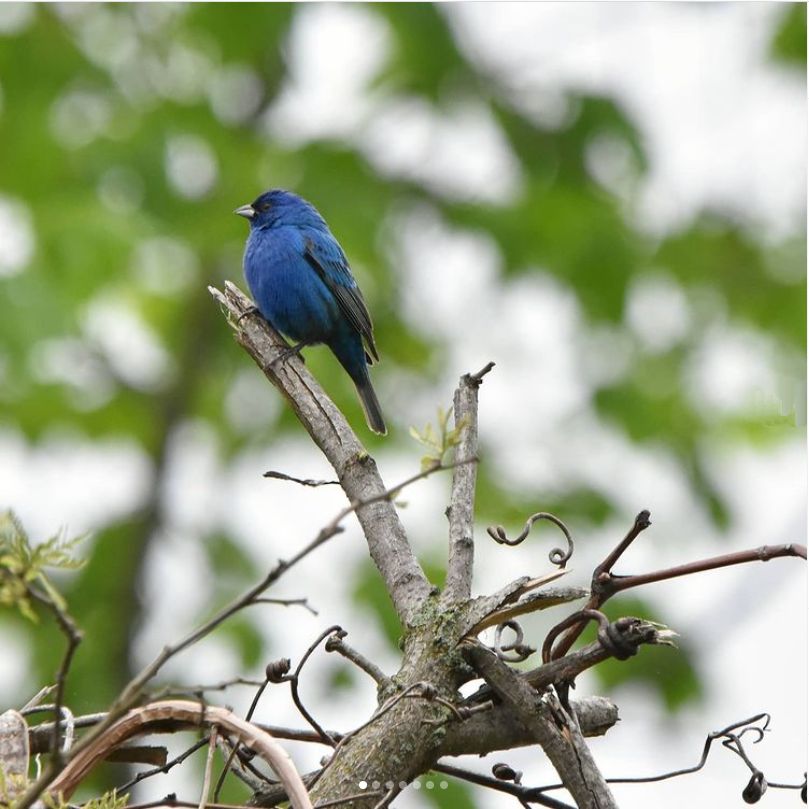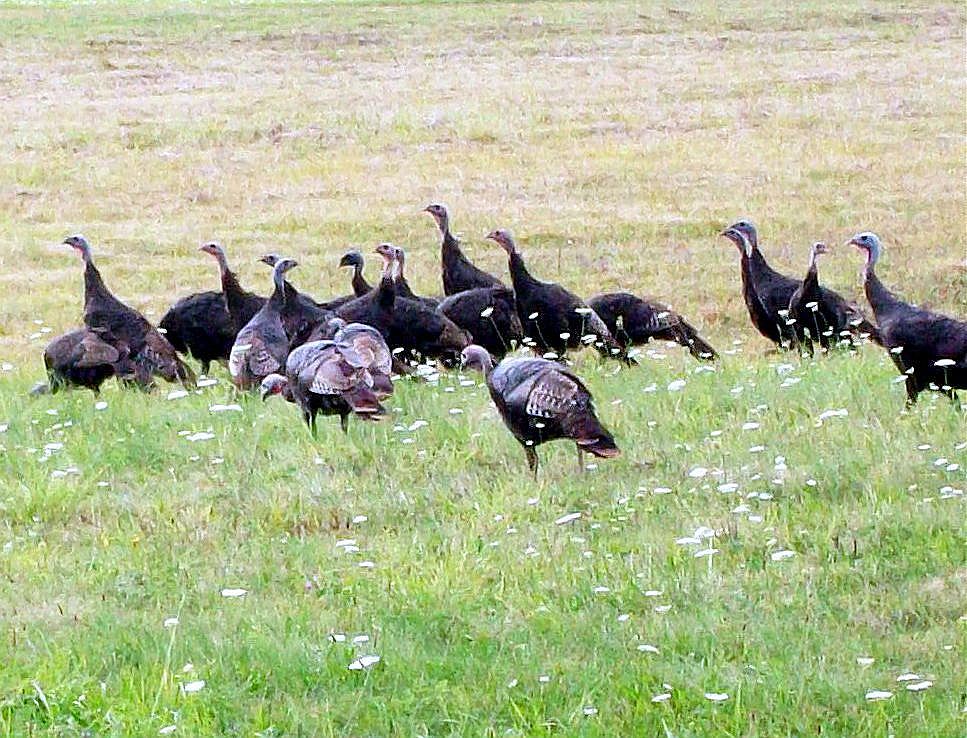
18 July 2022
Once again it’s time to count wild turkeys (Meleagris gallopavo) in Pennsylvania.
Every year the PA Game Commission conducts a statewide Wild Turkey Sighting Survey, July 1 to August 31, to collect data on the size and makeup of our wild turkey population.
They ask for the public’s help to report what we see on the Turkey Brood Survey website. It’s pretty easy to do.
- The survey runs from July 1 to August 31.
- Count the turkeys you see and use the Survey page to enter the data
- Record the location where you see them.
- Count “big” versus “little” birds — adult vs juvenile.
- Record the sex for all adults, if possible. (Consult the Wild Turkey Poster.)
- Don’t double count. See the Survey page for more info on this.
- Give some basic contact info in case PGC has questions.
Here are two photos to give you practice counting: (1) “Big” and “Little” birds, and (2) Count the flock.
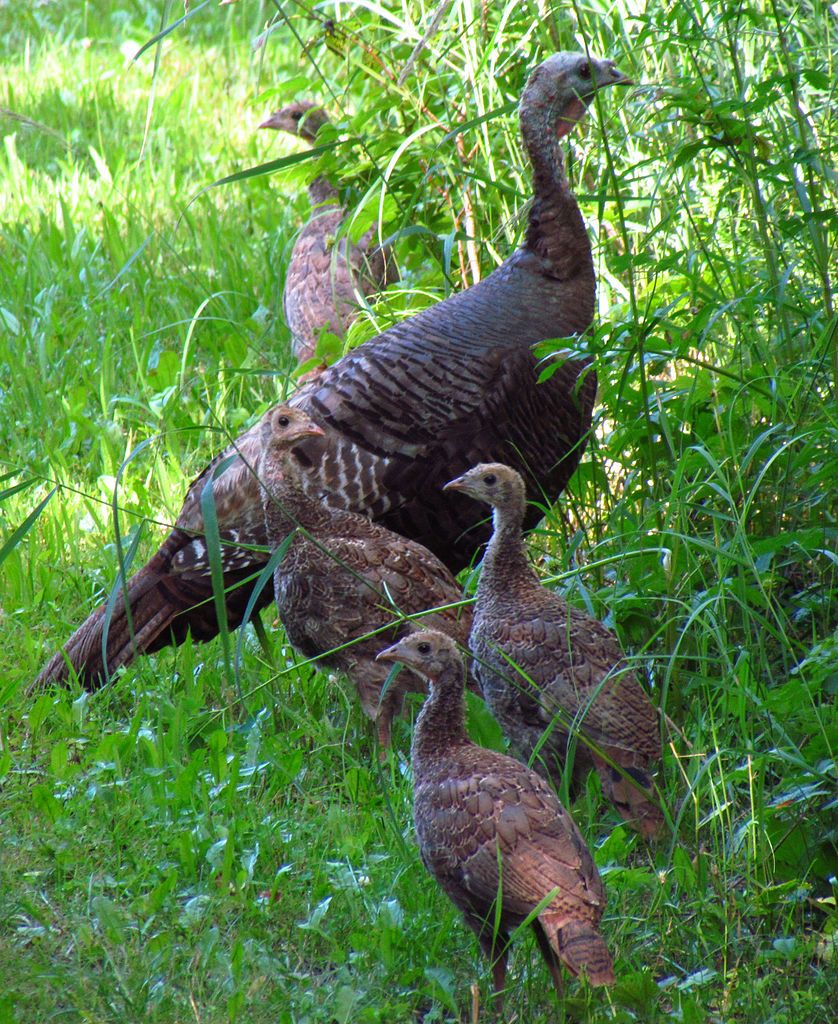
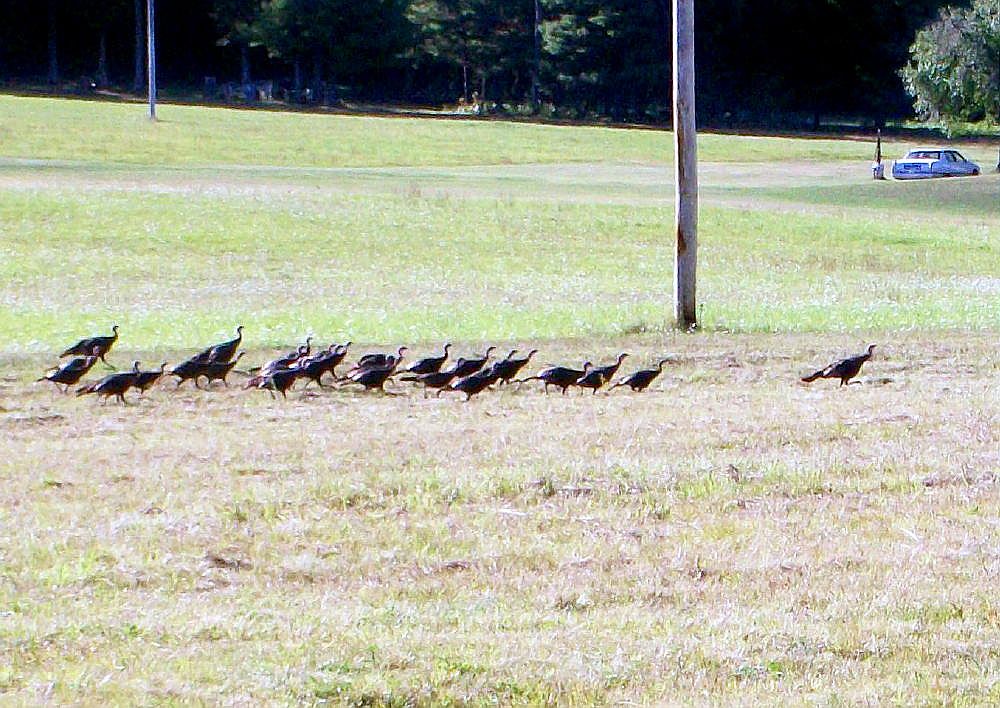
How many did you count?
Get outdoors with the Wild Turkey Sighting Survey.
p.s. I fear there will be a low/zero count of turkeys in the city. They used to be plentiful in Frick and Schenley Parks but not anymore.
UPDATE on 2 Aug 2022: Turkeys have declined in Pennsylvania from a high of 280,000 twenty years ago (2001) to 159,000 last year (2021). The PA Game Commission is conducting a study to find out why.
(photos from Wikimedia Commons; click on the captions to see the originals)
